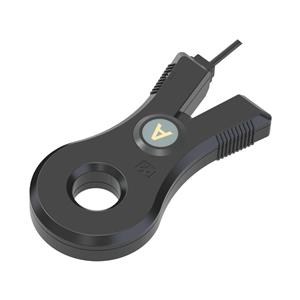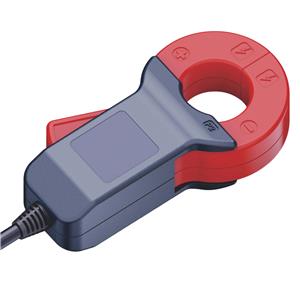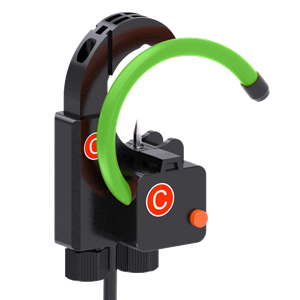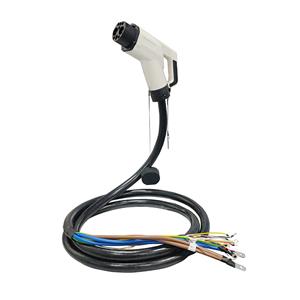The Technological Innovation Trend of Smart Current Clamps
The Technological Innovation Trend of Smart Current Clamps: From Single Measurement to Intelligent Monitoring
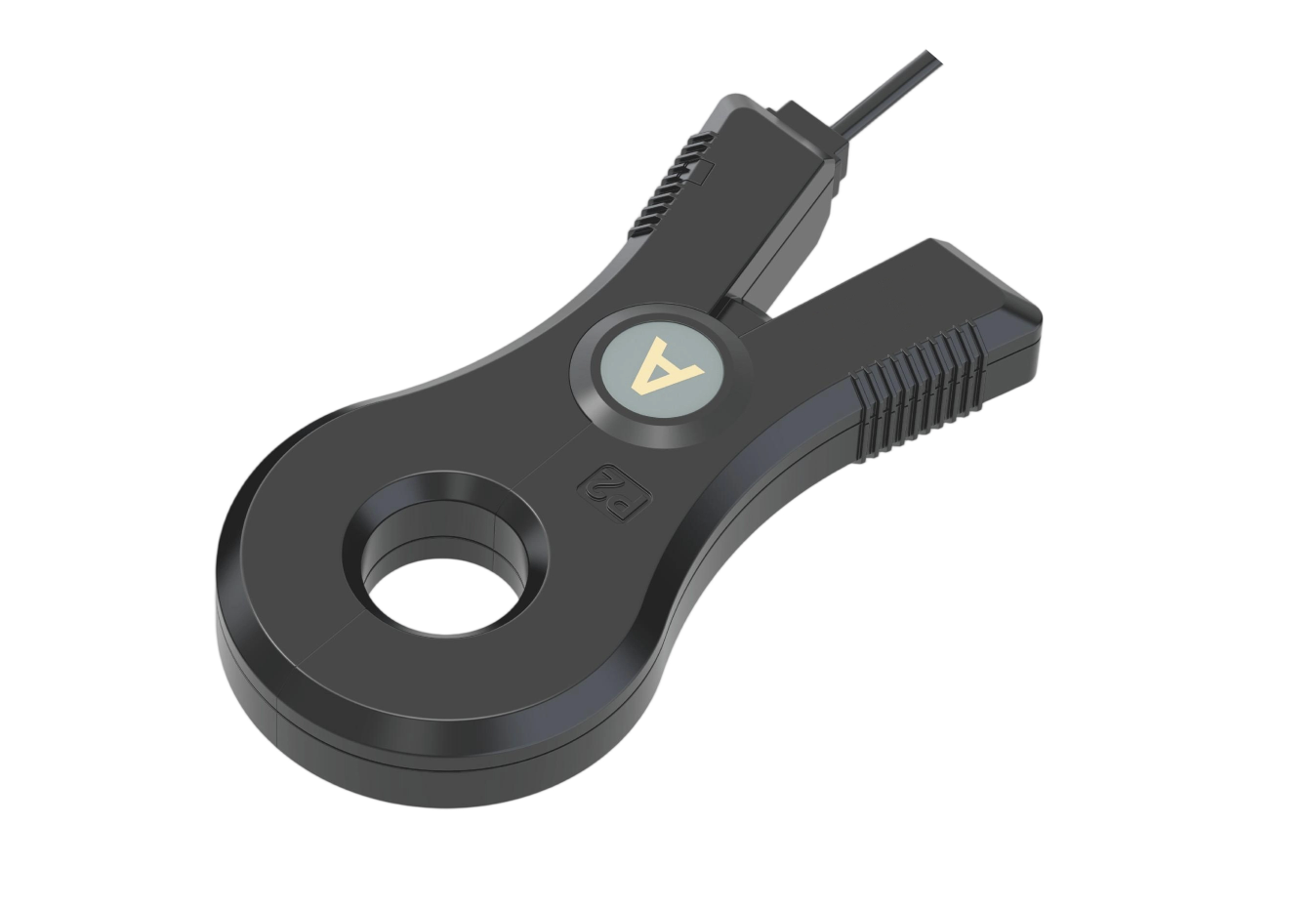
Introduction
In the era of digital transformation, traditional current clamps—once merely tools for basic electrical current measurement—are evolving into intelligent monitoring terminals through the integration of Internet of Things (IoT) and Artificial Intelligence (AI) technologies. Modern smart current clamps are no longer limited to simple data acquisition; they now enable remote monitoring, predictive analytics, and automated diagnostics, revolutionizing how electrical systems are managed and maintained.
This article explores the key technological advancements driving this shift, including wireless connectivity, cloud-based analytics, and AI-powered insights, and how they are transforming power systems from passive maintenance to proactive operations.
1. From Data Collection to Intelligent Insights
Traditional current clamps provide basic current measurements (AC/DC) but require manual recording and analysis. In contrast, smart current clamps leverage embedded sensors, wireless communication, and AI algorithms to deliver real-time, actionable insights.
Key Innovations:
✔ Wireless Connectivity (Bluetooth/Wi-Fi)
Enables remote data transmission to smartphones, tablets, or cloud platforms.
Allows real-time monitoring of electrical parameters without physical access to the measurement point.
✔ Cloud-Based Monitoring & Alerts
Data is stored and analyzed on cloud servers, providing historical trends, anomaly detection, and automated alerts (e.g., overcurrent, short circuits, or equipment overload).
Helps prevent costly downtime by identifying issues before they escalate.
✔ AI-Powered Waveform Analysis
Advanced models use machine learning to analyze current waveforms, detecting harmonic distortions, load imbalances, and insulation degradation.
Predicts equipment aging trends, reducing the need for manual inspections.
2. Enhancing Power System Reliability & Efficiency
The shift from single measurement to intelligent monitoring has significant implications for power system management:
🔌 Smart Grids & Renewable Energy
In smart grids, smart current clamps help balance loads, detect faults, and optimize energy distribution.
For solar/wind farms, they monitor inverter performance and detect DC offset or irregularities in renewable energy flows.
🏭 Industrial Automation & Predictive Maintenance
In manufacturing, smart clamps track motor currents, identifying early signs of bearing wear or phase imbalance.
Predictive maintenance reduces unexpected breakdowns, saving costs and improving efficiency.
🏠 Commercial & Residential Energy Management
Smart current clamps in smart meters help homeowners and businesses optimize energy usage, reducing electricity bills.
Abnormal current spikes (e.g., from faulty appliances) can trigger instant alerts.
3. Future Trends: What’s Next for Smart Current Clamps?
The evolution of smart current clamps is far from over. Future innovations may include:
Edge Computing Integration – Processing data locally for faster response times.
5G & LPWAN Connectivity – Enabling ultra-low latency for critical infrastructure monitoring.
Self-Diagnosing Sensors – Automatically calibrating and detecting measurement errors.
As AI and IoT continue to advance, smart current clamps will become even more autonomous, precise, and indispensable in modern electrical systems.
Conclusion
The transition of current clamps from simple measurement tools to intelligent monitoring systems marks a major leap in electrical engineering. With wireless connectivity, cloud analytics, and AI-driven insights, these devices are enhancing power system reliability, improving efficiency, and reducing maintenance costs.
As industries move toward smart grids, renewable energy, and industrial automation, smart current clamps will play a central role in ensuring safe, efficient, and future-ready electrical infrastructure.

